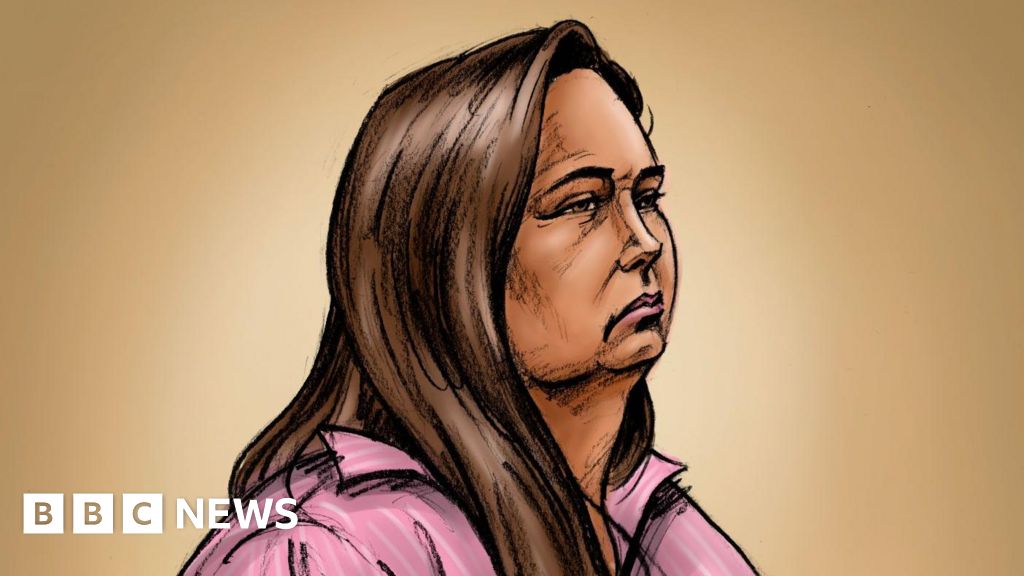An Australian woman accused of cooking a fatal mushroom meal admits to picking wild funghi, lying to police and disposing of evidence, but will argue the “tragedy” was a “terrible accident”.
The Supreme Court trial of Erin Patterson, 50, began in the small Victorian town of Morwell on Wednesday and is expected to last six weeks.
She is charged with three counts of murder and one of attempted murder over a beef wellington lunch at her house in July 2023, in a case that has drawn global attention.
Three people died in hospital in the days after the meal, including Ms Patterson’s former in-laws, Don Patterson, 70, and Gail Patterson, 70, as well as Gail’s sister, Heather Wilkinson, 66.
Ms Patterson has pleaded not guilty and her defence team says she “panicked” after unintentionally serving poison to family members she loved.
A single lunch guest survived – local pastor Ian Wilkinson – after weeks of treatment in hospital.
The fact that the lunch of beef wellington, mash potatoes and green beans contained death cap mushrooms and caused the guests’ illnesses is not in contention, the court heard.
“The overarching issue is whether she intended to kill or cause very serious injury,” Judge Christopher Beale said.
Opening the trial on Wednesday, prosecutor Nanette Rogers SC said this case was “originally thought to be a mass food poisoning event”.
But prosecutors allege Ms Patterson “deliberately poisoned” her guests “with murderous intent”, after after inviting them for lunch “on the pretence she’d been diagnosed with cancer”.
Dr Rogers said the jury would hear evidence that Ms Patterson had travelled to a location, near her home in Leongatha, where death cap mushroom sightings had been logged on a naturalist website.
And in the days after the lunch, she took a number of steps to “conceal” what she had done, the prosecution alleged.
They say she lied to investigators about the source of the mushrooms in the dish – saying they’d come from an Asian grocery in Melbourne and she’d never foraged wild ones. And she made a trip to a local dump to dispose of a food dehydrator prosecutors say she used to prepare the toxic meal.
“You might be wondering, ‘What is the motive?'” Dr Rogers said to the jury, “You might still be wondering this at the end of this trial.”
The prosecution will not be suggesting a specific motive, she explained.
“You do not have to be satisfied what the motive was, or even that there was one.”
What the jury could expect to hear, she said, was testimony from a range of witnesses, including: Mr Wilkinson, Ms Patterson’s estranged husband Simon Patterson, medical staff who treated the lunch guests, and police who investigated.
However the defence, in opening their case, reminded the jury they had not heard any actual evidence yet and needed to keep an open mind.
Barrister Colin Mandy says while the prosecution will try to cast Ms Patterson’s behaviour after the lunch as “incriminating”, jurors should consider how someone might react in that situation.
“Might people say or do things that are not well thought out… and might make them look bad?”
“The defence case is that she panicked because she was overwhelmed by the fact that these four people had become so ill because of the food she had served them. Three people died.”
He said Ms Patterson did not deliberately serve poisoned food to her guests.
“She didn’t intend to cause anyone any harm on that day… what happened was a tragedy, a terrible accident.”
